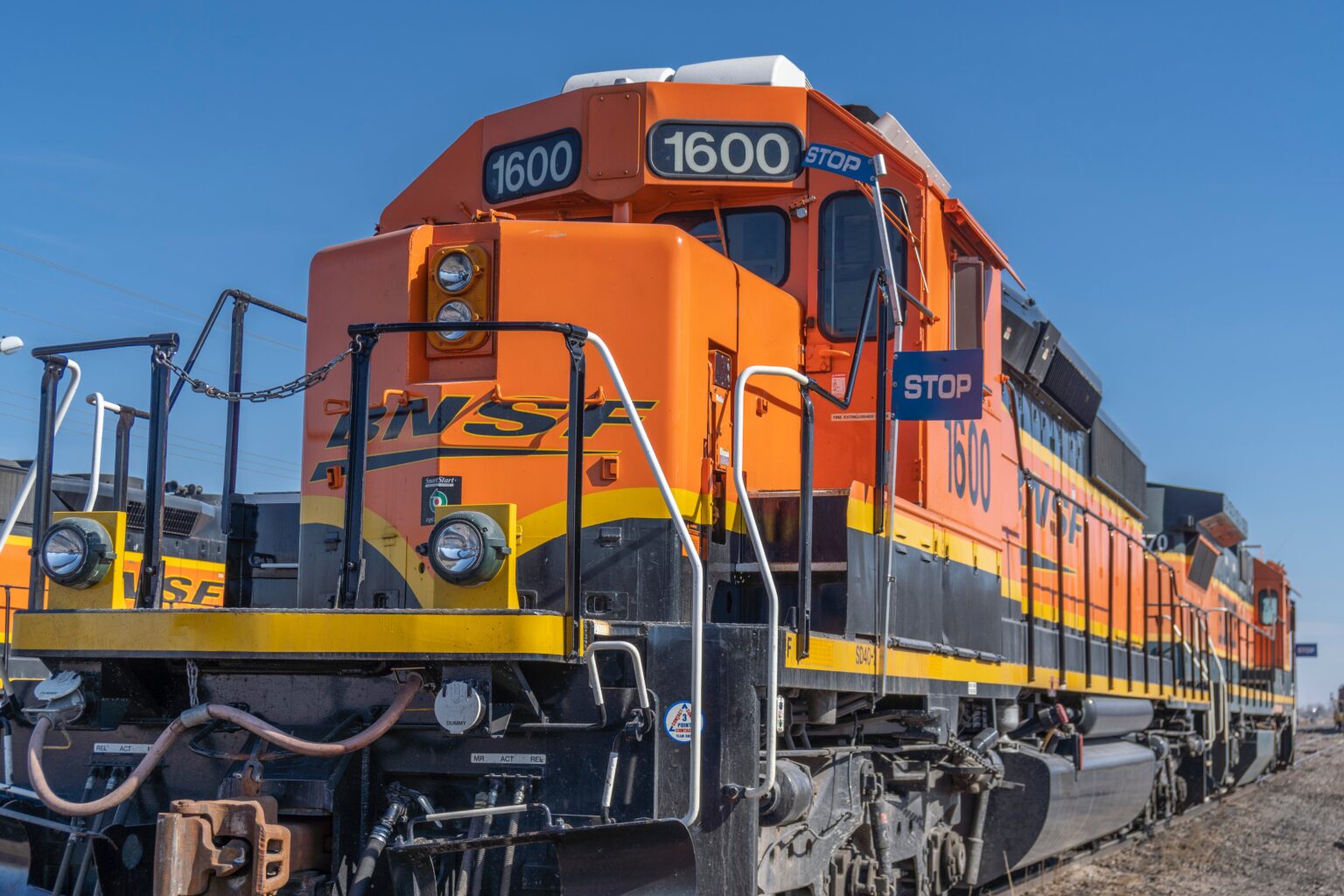
Rail Impact MIL-STD-810 Method 526 replicates railcar impact conditions to evaluate tie down systems and tie down procedures used in the transport of equipment. This test is not a laboratory test but is performed actual rail cars involved in the impacts during coupling. It normally involves car impact testing at speeds under 8 mph (12.9 km/h).
The rail impact method is based on requirements for commercial railroad car transport as defined by the Association of American Railroads (AAR). This test methodology is not intended to simulate railcar crash conditions. It is also not applicable to small individually packaged equipment that would would be palletized. Special consideration and reviews are required for explosives and ammunition by appropriate authorities.
Rail Impact MIL- STD- 810 and Test Tailoring
Unlike most methods in MILSTD-810, this method is not generally tailorable except in cases requiring extraordinary attention. Any and all tailoring must have review and approval of the test procedure by the director of the The Military Surface Deployment and Distribution Command (SDDC).
Risk analysis should be performed when considering the sequence of testing for Rail Impact. In cases where a high risk of material damage is expected this test should be performed early in the test program if feasible. Consideration should be given to any effects these shocks could have on the electromagnetic behavior of the test item.
Methods of simulation may be used when analysis of the test item’s ability to withstand rail impact shocks is desired. Shock samples have been computed for use in design specifications. These may be uses in dynamic models for these simulations.
When evaluating test results, a number of possible effects should be considered during post test evaluations. These include the loosing of restraints, shifting of material on railcar, equipment failure, fuel spills, any created safety hazards, and structural failures.
Test Setup for Rail Impact
Rail Impact MIL-STD-810 is conducted using actual railcars in motion. A test railcar is used to carry the test item which is secured on the car with chain tiedowns. The test railcar is moved using a railcar mover or locomotive.
If a locomotive or railcar mover is not available, an inclined section of track may be used. The minimum length of track required is 200 ft. (61 m).
When testing is performed, the test railcar is accelerated to specified speeds to impact a buffer car or cars. The minimum required weight of the buffer car(s) is 250,000 lb. (113,400 kg).
Loads are to representative of the intended test item. Wheeled vehicles are to have tires inflated to manufacturer highway recommended pressures. Fuel tanks are to be at filled to 75% of capacity. Vehicles may be placed in lowered transport modes when equipped with variable height or pneumatic suspensions with manually inserted suspension stops installed.
When the test item is a trailer, it is to be tested in both a connected and disconnected configuration with its prime mover.
Regardless of vehicle type, the test item should be fully loaded at its maximum gross weight unless it is a vehicle used for material handling such as a dump truck or wrecker. Vehicles are to be in worse case configurations with parking brakes disengaged and transmissions in neutral.
Test Procedure
The test item is to be subjected to four impacts during testing. These are to be conducted at speeds of 4, 6, and 8 mph (6.4, 9.7, and 12.9 km/h) respectively. The fourth impact is to be performed is performed at the top stated speed with the test item in the opposite direction.
Once the impacts have been performed the item is inspected for any loosening or failure of tie down mechanisms, shifting of the test item on the railcar, structural failures, fuel spills, or damage to the tested equipment.
Detailed Environmental Test Plan Templates
CVG Strategy offers EZ Test Plan Templates for MIL-STD environmental (climatic/dynamic) and EMI/EMC test documentation. Our Detailed Environmental Test Plans (DETP)s are written as specified in Department of Defense standard MIL-STD-810 Task 405. They are available for specific applications such as Ground Mobile, Ground Stationary, and Shipboard Controlled, Shipboard Uncontrolled, and Aircraft Military.
These DETPs include appropriate methods, (such as Rail Impact MIL-STD-810 Method 526) addendums for product specific information, test labels for photo identification and data sheets for collection of required data. Profile (LCEP).
Our Electromagnetic Interference Test Plans are written as specified in MIL-STD-461. They contain the test methodology, addendums for product specific information, test labels for photo identification and data sheets. These plans are available for procedures listed in MIL-STD-461 and are also available for MIL-STD-1275, MIL-STD-704, and MIL-STD-1399-300.
Custom Test Plans are also available for applications not covered in the EZ Test Plan offerings. These plans can be written for any number of applications and their relevant standards.
MIL-STD-810 Training Classes
CVG Strategy MIL-STD-810 classes will provide you with the ability to develop and conduct an environmental test program. Our two-day course not only provides you with valuable information about climatic and dynamic test methods but also includes training in the methodology to correctly apply test tailoring relevant to the test item’s expected life cycle.
This course is available online or onsite. Ample time is available for questions and comments so that participants are encouraged to keep engaged. Check here for our online Training Registration Schedule.


